The national “reorganization” process, which began to be implemented on July 1, 2025, is a step towards effectively organizing the national development space, achieving intra-regional and inter-regional connectivity and exploiting the comparative advantages of each region. This is especially true in the field of culture and tourism .
Good management - multiplies power
The merger of provinces and cities is not simply a change of administrative boundaries but a process of integration between communities with different cultural characteristics. Whether this causes cultural conflicts or not depends on whether the policy is reasonable or not and whether the management staff are dedicated and talented or not.
The customs and lifestyle of a community are formed over many generations. In the process of merging administrative units, it is understandable to worry that cultural identity is easily damaged, especially when there are big differences between communities in culture, language, religion and level of awareness. Cultural conflicts can also occur and resources for cultural preservation can also be divided when a "super province" or "metropolis" is formed.
But if central and local management agencies promptly propose appropriate policies and the enforcement force is dedicated, the story will go in a very positive direction.
First of all, this merger of provinces and cities was carried out systematically and carefully by the Central Government based on factors of area, population, economy , culture and the ability to complement each other between localities.
For example, Kon Tum and Quang Ngai were not merged randomly and mechanically. These two provinces must have some similar or complementary characteristics in terms of economy, culture, and society to create a stronger common cultural identity after the merger.
After being merged, with expanded space and diverse ecosystem, Quang Ngai province possesses extremely rich tourism resources, with sea, islands, mountains, plateaus and the depth and diversity of ethnic cultures.
Destinations such as Ly Son Island, My Khe Beach, Sa Huynh have long been tourism symbols of Quang Ngai and now there is also "the second Da Lat of the Central Highlands" - Mang Den, Pa Sy waterfall, Ngoc Linh mountain...
Culture today is not only a factor in identifying local identity but also a great driving force for socio-economic development, especially in the cultural, tourism and creative industries.
The combination of different cultural elements from different communities in a new provincial administrative unit creates a favorable environment for cultural exchange and harmony, creating spiritual and material values that have never existed in the past.
Appropriate policies will help preserve the unique cultural features of communities in new spaces, encouraging respect for identity among residential communities.
In addition, when the local development space is open, investment resources are focused more effectively, so cultural preservation is also carried out more systematically and on a larger scale.
Associate Professor, PhD, National Assembly Delegate Bui Hoai Son, Standing Member of the Culture and Education Committee of the Vietnamese National Assembly, emphasized: “The merger will place great demands on cultural management policies. When a locality is larger, with the intersection of many different cultural elements, cultural policies also need to have a longer-term, more flexible vision, ensuring that the identity of each region is both honored and created a common identity for the new province. This is also an opportunity to reposition the cultural brands of the merged regions, helping to elevate the image of the locality on the cultural-tourism-creative map of the whole country."
When the revolution of "reorganizing the country" stabilizes and brings about the first results, concerns about the disappearance of a place with a rich history or the imposition of regional culture, forced dialects, accents... will gradually fade away.
More new opportunities, more diverse travel experiences
The Ministry of Culture, Sports and Tourism issued Document No. 1445 / BVHTTDL-DSVH (April 7, 2025) on reviewing, adjusting and implementing the determination of administrative units formed after the merger of provinces and cities.
Accordingly, the Ministry requires keeping the names of world cultural and natural heritages, special national relics, national relics, provincial/municipal relics that have been recognized and ranked so as not to change the original elements constituting the relics as well as the historical, cultural and scientific values of the relics. For intangible cultural heritages, the Ministry requires keeping the names of the heritages so as not to change the historical, cultural and scientific values of the heritages.
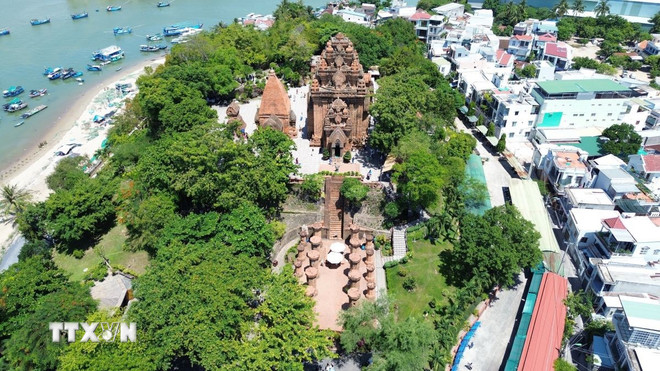
Experts say this is favorable for the tourism industry as long-standing famous cultural and tourism brands are still preserved, causing no disruption to tourists.
In addition, the Ministry requires reviewing and adjusting the names, locations, and new addresses of organizations and relic management boards/centers directly related to the administrative units formed after the rearrangement.
Experts believe that national cultural heritages are always associated with specific locations, so when merging provinces and cities, scientific records need to be updated carefully, responsibly and fully in both legal and cultural aspects. This is the basis for international organizations or international cultural cooperation partners to recognize the continuity of heritage, helping us protect the rights and reputation of the country in the international arena. It is also an act of showing respect for the past, in the journey to build the future.
The merger forces heritage management to shift from the mindset of “management by territory” to the mindset of “management by cultural value clusters.” This is an opportunity to build inter-regional strategies, develop heritage networks along routes and ecological spaces, thereby creating new heritage maps with stronger appeal, not just limited to the old administrative boundaries.
The change in administrative boundaries opens up strategic restructuring opportunities for the tourism industry - shifting from a decentralized development model of individual provinces and cities to a regional and inter-regional approach. With more open space, localities can easily coordinate in managing cultural-tourism resources, connecting infrastructure and organizing synchronous tours, creating a more attractive, diverse and sustainable tourism value chain.
Before the merger, Ninh Thuan and Khanh Hoa were two separate provinces, so the tourism industry of the two localities needed more administrative procedures every time they cooperated.
Khanh Hoa province has the longest coastline in Vietnam, with similarities in indigenous culture (including Cham culture), which is very favorable for developing sea tourism and cultural tourism. This locality also possesses a rich mountain and forest ecosystem, with diverse flora and fauna, creating great potential for ecotourism from the sea to the forest.
Many people are concerned that the merger of provinces and cities could affect the brand positioning of tourist destinations. Tourism experts say that the important thing is not which locality the destination belongs to but the value of the experience. Tourists choose a destination not because of the name of the locality but because of the quality of the experience, the beauty of the landscape, the price corresponding to the service...
The general trend in the world after the COVID-19 pandemic is that tourists are not only looking for “places to go” but also looking for “reasons to choose.”
After the provinces and cities are merged, new tourism brands will have the opportunity to be born and we need to do it right now. For example, domestic and foreign tourists are familiar with the Ha Giang brand, now the tourism industry of Tuyen Quang province can create the brand "Ha Giang in Tuyen Quang."
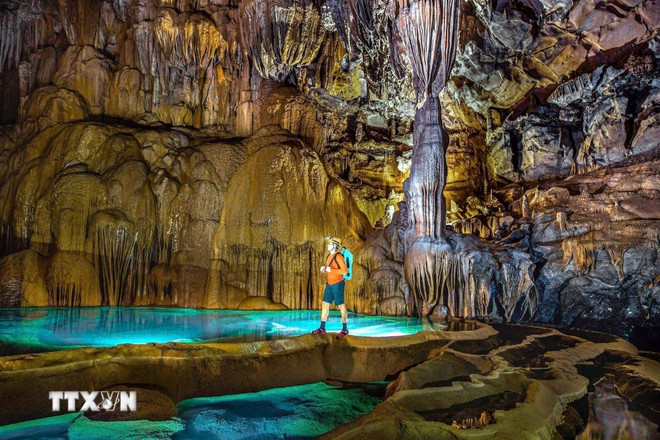
After Quang Binh merged with Quang Tri to form the new Quang Tri province, in addition to developing the local tourism industry, tourism workers in Quang Binh are also looking for a new brand for the culture and landscape of Quang Binh.
Quang Binh's new tourism brand development strategy is based on unique products such as cave exploration (Thien Duong, Phong Nha, Son Doong, En...), forming adventure tours, combining education on geology and ecology; organizing experiential activities such as kayaking on Chay River, exploring Mooc Stream, mountain climbing, camping, participating in local festivals, learning about culture and cuisine; organizing cultural and historical tours (Vung Chua - Yen Island, traditional craft villages, folk festivals)./.
Source: https://www.vietnamplus.vn/sap-xep-lai-giang-son-va-suc-manh-doan-ket-nhan-len-tiem-luc-van-hoa-du-lich-post1051607.vnp






![[Photo] Prime Minister Pham Minh Chinh receives President of Cuba's Latin American News Agency](/_next/image?url=https%3A%2F%2Fvphoto.vietnam.vn%2Fthumb%2F1200x675%2Fvietnam%2Fresource%2FIMAGE%2F2025%2F12%2F01%2F1764569497815_dsc-2890-jpg.webp&w=3840&q=75)
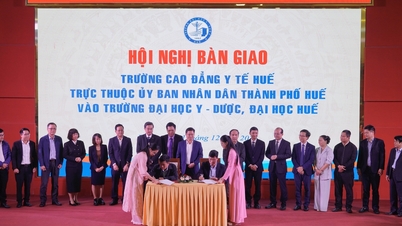

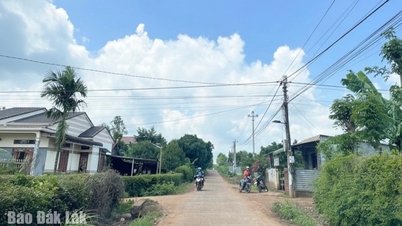



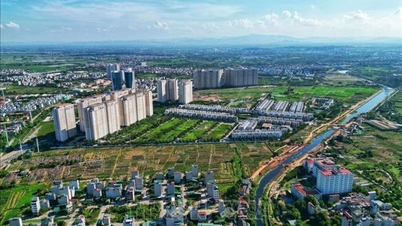

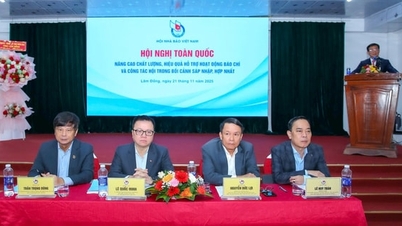











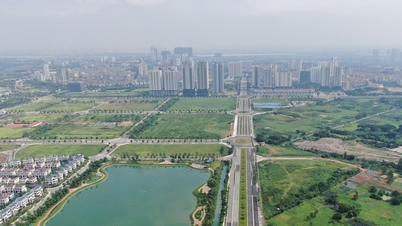





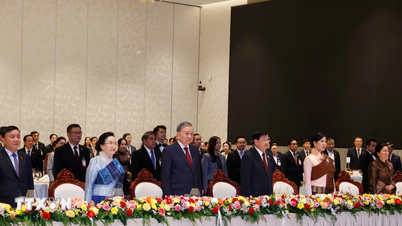



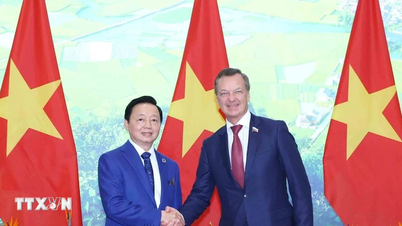
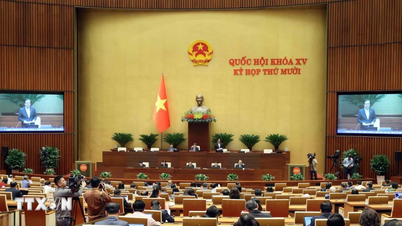



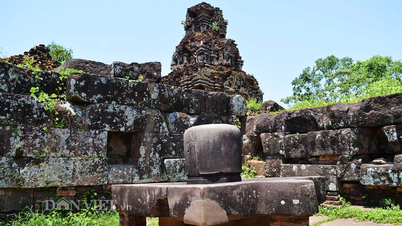

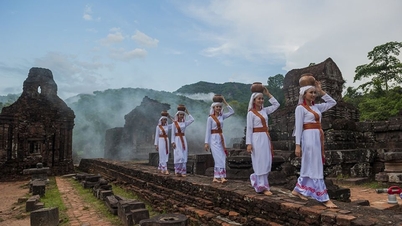

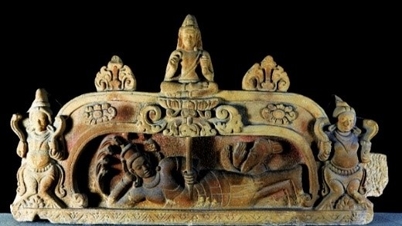
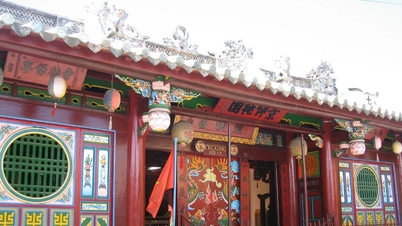
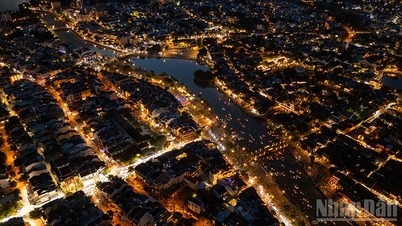
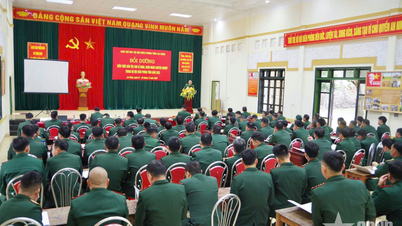


























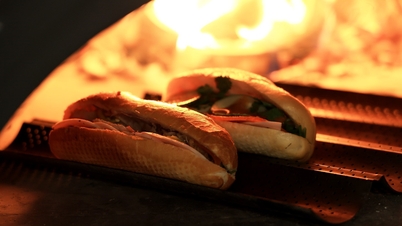
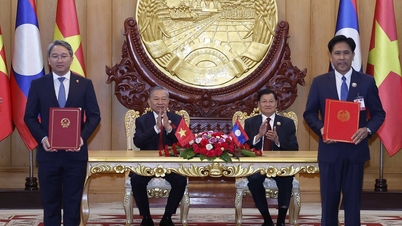
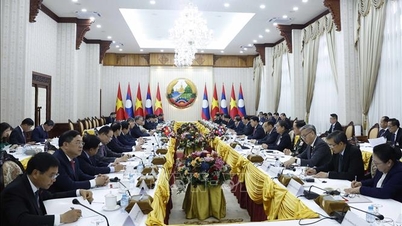



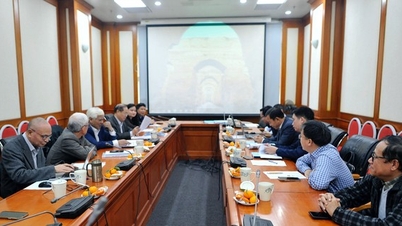
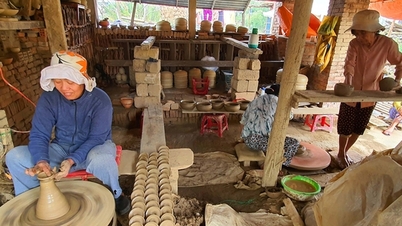

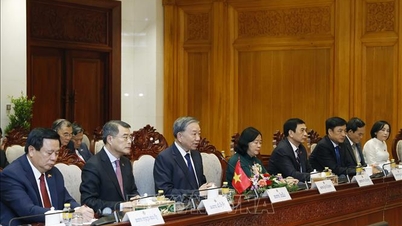
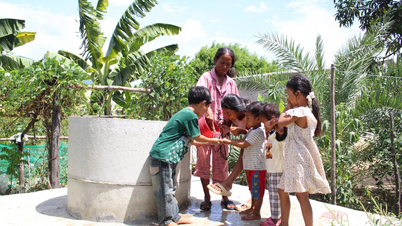


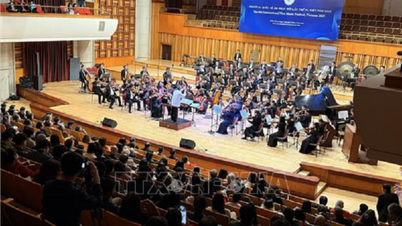

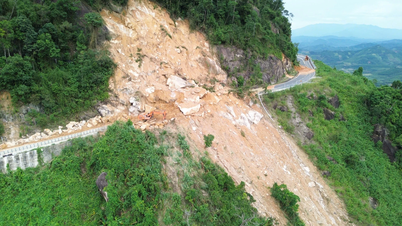

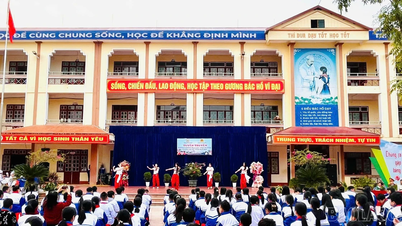









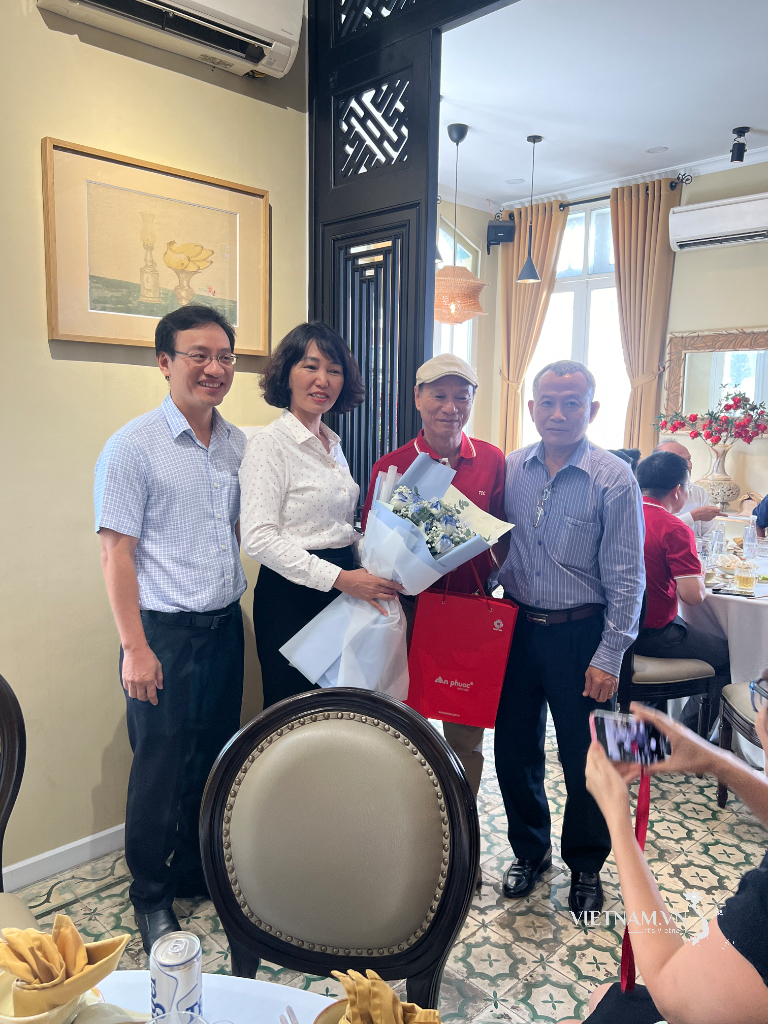

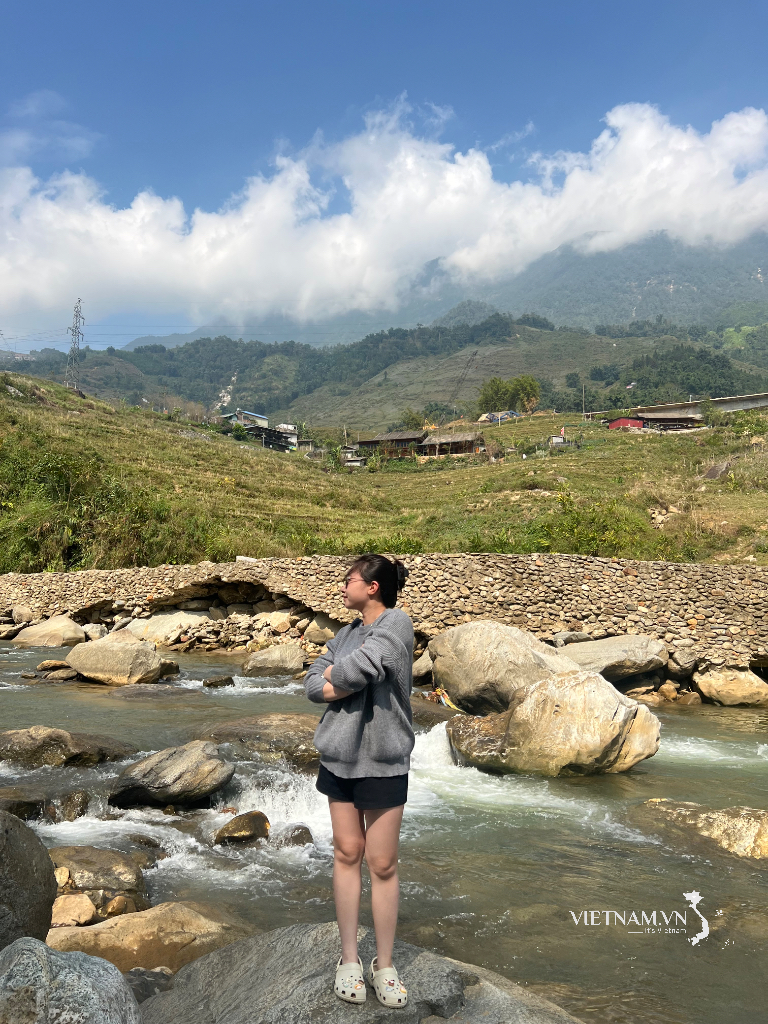

Comment (0)